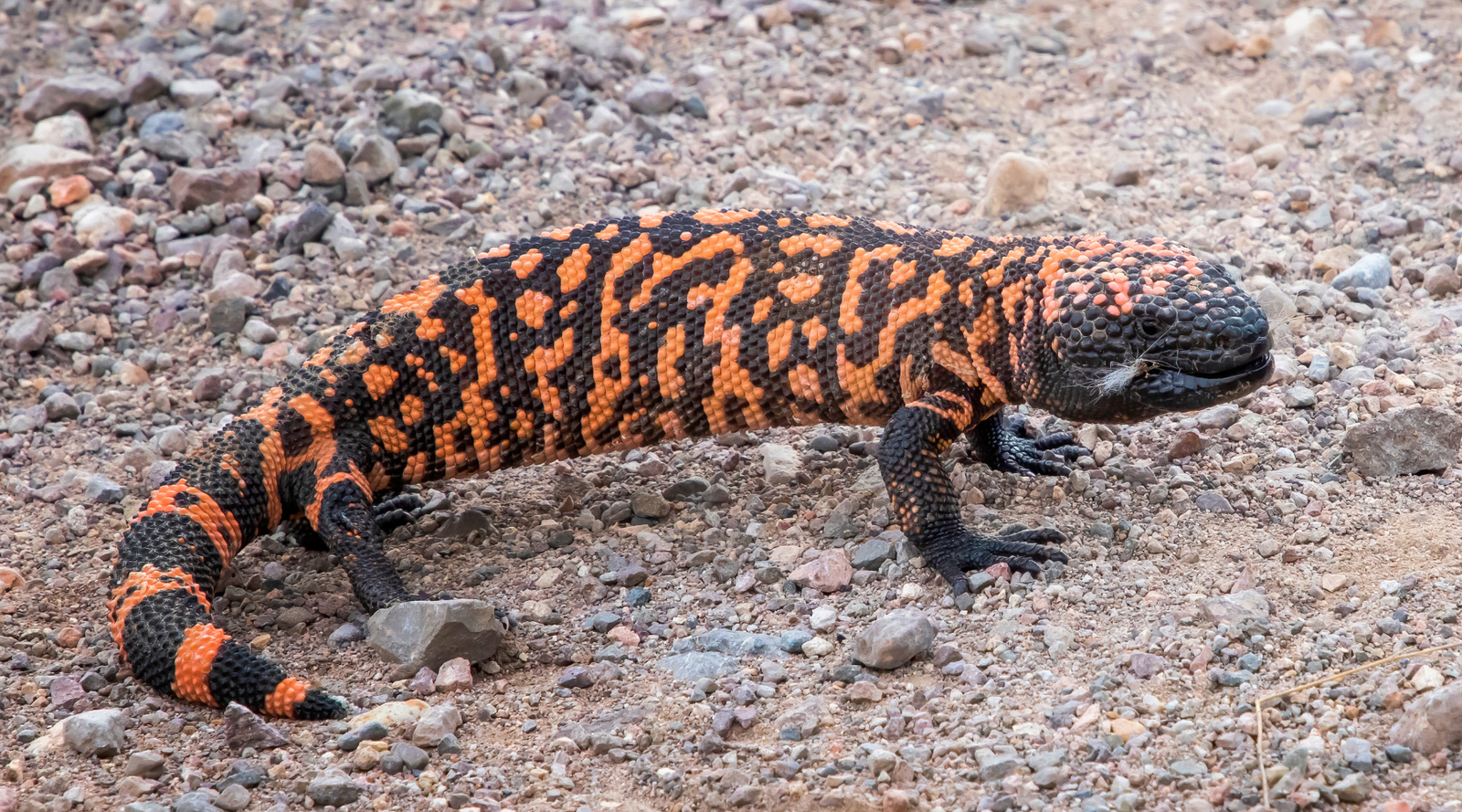10 Examples of Keystone Species and The Roles They Play
Keystone species are species that have a disproportionately large impact on their ecosystem relative to their abundance. These species play an important role in maintaining the overall health and balance of their ecosystem. Let's discover 10 examples of keystone species and their important roles in their ecosystems.

10 Examples of Keystone Species
1. Bees
Bees are critical pollinators that help maintain the health and productivity of many different plant species. Without bees, many crops and wildflowers would not be able to reproduce, and entire ecosystems could be affected.
2. Wolves
As predators, wolves play a key role in controlling the populations of their prey species. By keeping prey populations in check, wolves help to maintain the balance of ecosystems and prevent overgrazing and other forms of ecological disruption.
3. Sea otters
In the coastal kelp forests of the Pacific Northwest, sea otters feed on sea urchins, which in turn feed on kelp. Without sea otters to keep their numbers in check, sea urchins can overgraze kelp forests, leading to a decline in biodiversity and ecosystem health.

4. Sharks
As apex predators, sharks help to control the populations of other marine species, including fish and sea turtles. By keeping these populations in check, sharks help to maintain the overall balance of the marine ecosystem.
5. Elephants
In savanna ecosystems, elephants play an important role in maintaining the structure of the landscape. By knocking down trees and shrubs, elephants create open spaces that support a diversity of grasses and other plant species, which in turn support a range of other animals.
6. Prairie dogs
In grassland ecosystems, prairie dogs play a key role in maintaining the health of the soil. By digging burrows, prairie dogs help to aerate the soil and increase nutrient cycling, which in turn supports the growth of many different plant species.
7. Snowshoe hares
Showshoe hares play a vital role in their habitat, particularly in the northern regions of North America. As herbivores, relying on plants as their primary source of food, their feeding habits have a significant impact on the vegetation in their environment; by consuming a variety of plants, they can control the growth and spread of certain plant species, which helps to maintain a diverse and balanced plant community. Additionally, snowshoe hares are an essential prey species for many predators, including lynx, coyotes, and birds of prey. The population dynamics of these predators depend heavily on the abundance and availability of snowshoe hares.

8. Bats
Many bat species are important pollinators and seed dispersers, helping to maintain the health and diversity of many different plant species. Without bats, many plant species would struggle to reproduce and maintain their populations.
9. Sea Turtles
As they graze on seagrasses and other marine vegetation, sea turtles help to maintain the overall health and productivity of these ecosystems. By controlling the growth of these plants, sea turtles help to prevent overgrowth and maintain a balance of different species.
10. Hummingbirds
As pollinators, hummingbirds play an important role in maintaining the health and diversity of many different plant species. By feeding on nectar and spreading pollen, hummingbirds help to ensure the reproduction and survival of many plant species, which in turn support a range of other animals.
These are just a few examples of keystone species and the important roles they play in maintaining the health and balance of their ecosystems. By understanding the significance of these species, we can work to protect and conserve them, helping to maintain the diversity and productivity of our planet's ecosystems. Learn more about keystone species and why they're important. Find all 10 keystone species and many more nature designs in our shop!
















Leave a comment (all fields required)